Sewer Scope Inspection Services
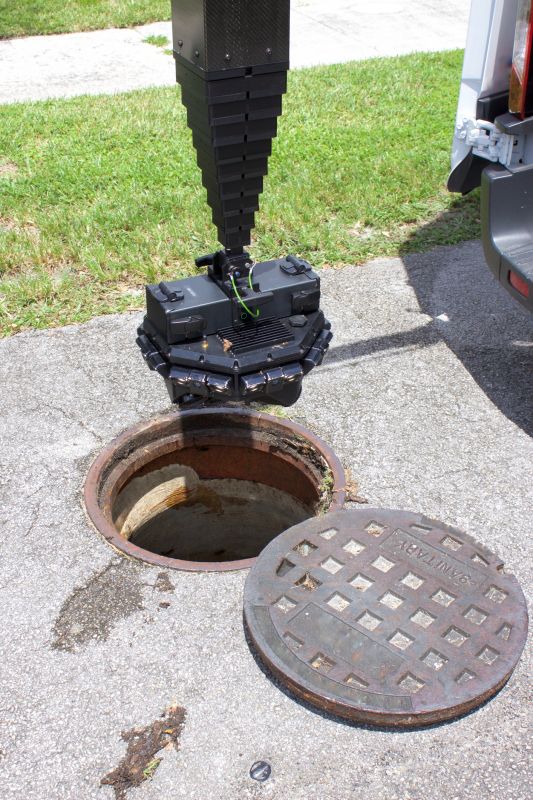
Conducting sewer scope inspections in early spring can identify issues after winter, when pipes may have experienced freeze damage.
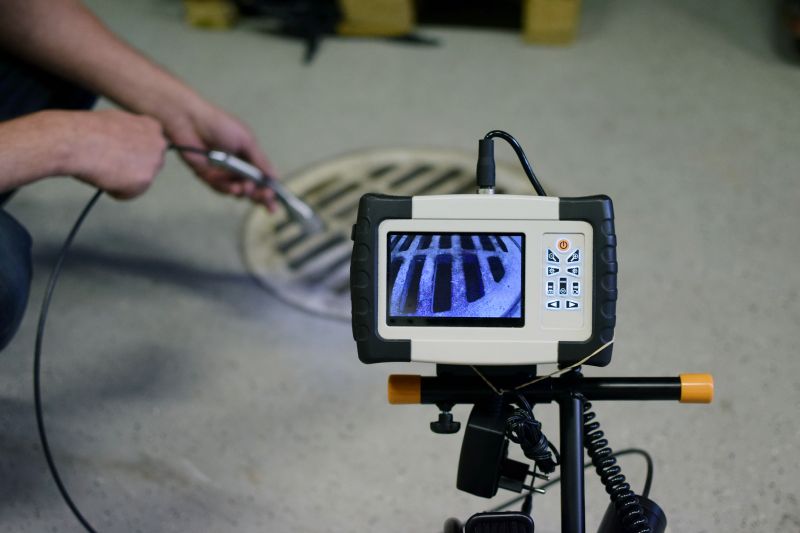
Late summer inspections help detect potential blockages caused by increased usage or root intrusion during dry months.
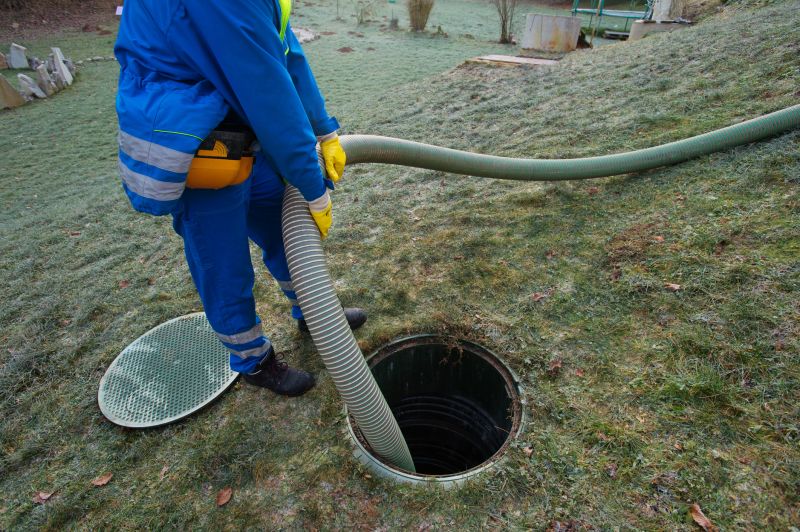
Performing inspections in fall allows for addressing problems before winter, preventing freezing and backup issues.
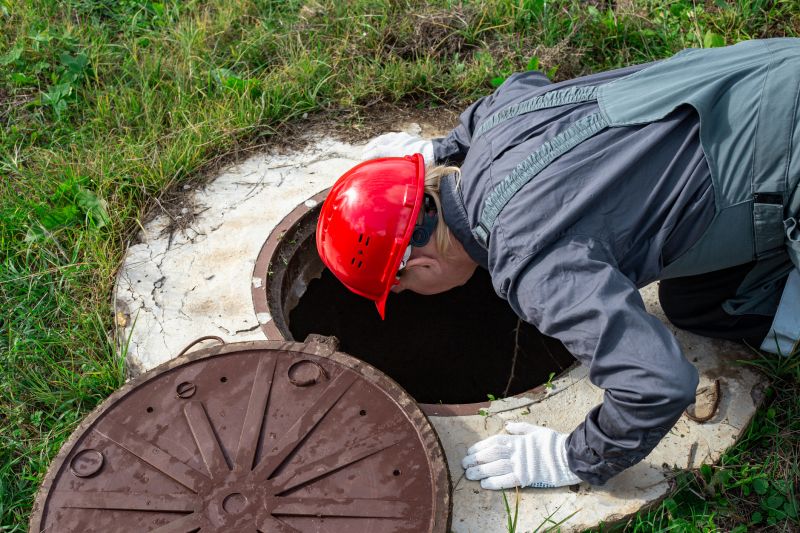
Ways to make Sewer Scope Inspections work in tight or awkward layouts.
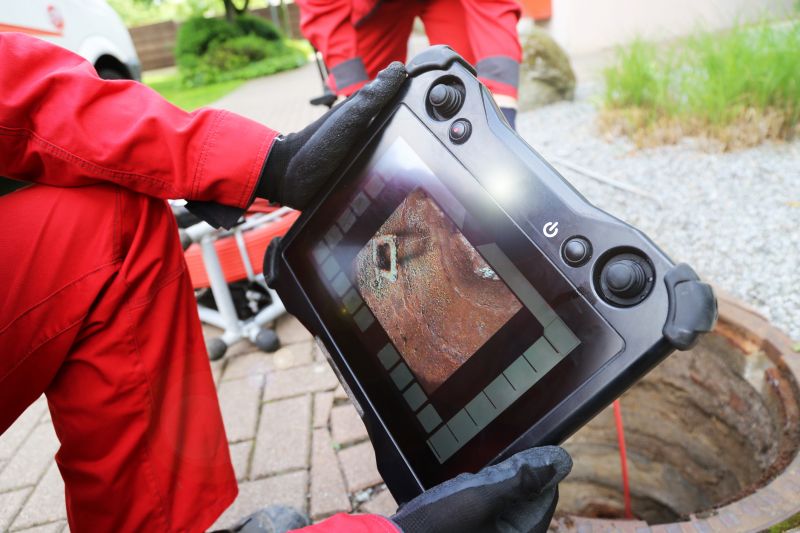
Popular materials for Sewer Scope Inspections and why they hold up over time.
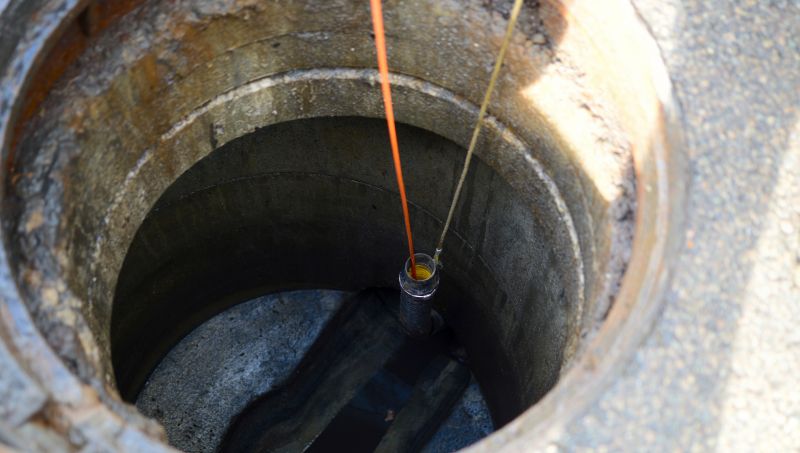
Simple add-ons that improve Sewer Scope Inspections without blowing the budget.
Sewer scope inspections utilize specialized cameras to assess the condition of underground sewer lines. This process helps identify blockages, cracks, corrosion, and root intrusion before they develop into major problems. Regular inspections can prevent costly repairs and property damage by catching issues early. Studies indicate that early detection through sewer inspections can reduce repair costs by up to 50%. The process is non-invasive and provides immediate visual evidence of pipe conditions, making it an essential maintenance step for property owners.
Scheduling inspections during specific seasons can help prevent seasonal issues like freezing or root growth.
Dry weather conditions improve the accuracy of inspections and reduce the risk of water interference.
Performing sewer scope inspections before purchasing a property can reveal hidden problems and inform negotiations.
Inspections after repairs confirm that issues have been fully addressed and the sewer line is in good condition.
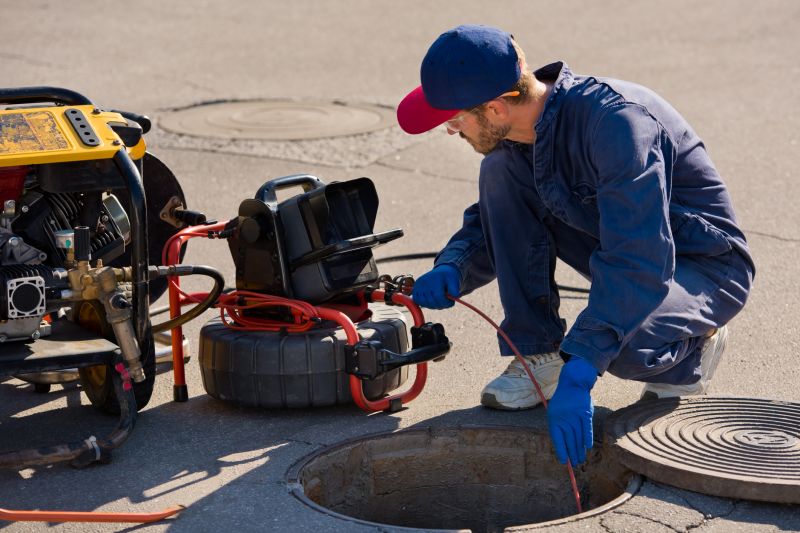
Technicians use high-resolution cameras to view inside sewer pipes.
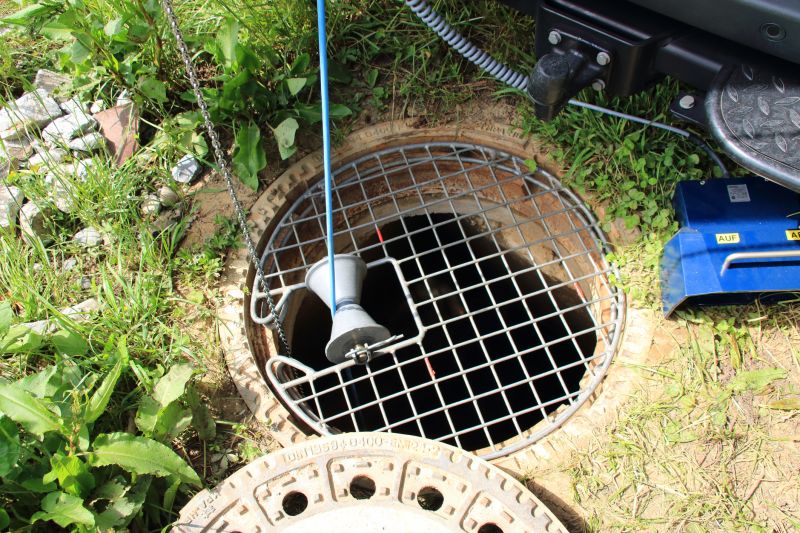
Specialized equipment allows for detailed inspection of underground sewer systems.
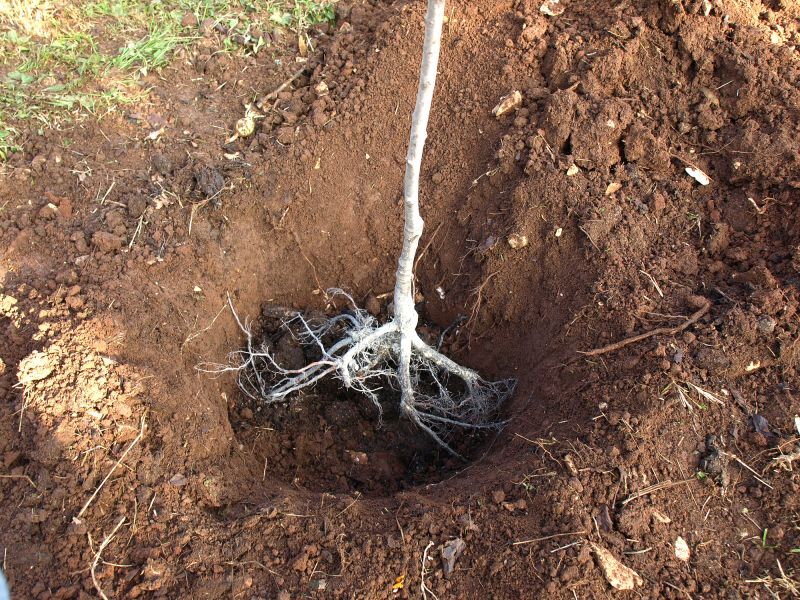
Camera inspections can identify root intrusion early, preventing pipe damage.
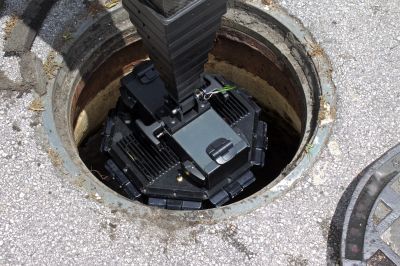
Cracks and corrosion are visible through camera inspections, enabling targeted repairs.
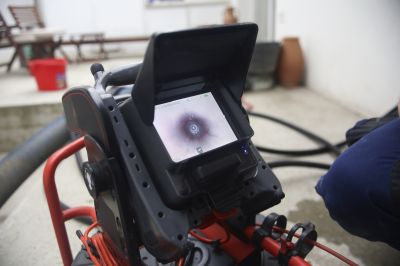
Inspections locate blockages for precise removal and cleaning.

Technicians operate cameras through access points to assess pipe conditions.

Video footage helps determine necessary repairs or replacements.

Regular inspections facilitate proactive sewer system management.
| Season | Recommended Activities |
|---|---|
| Spring | Inspect after winter to detect freeze damage and blockages. |
| Summer | Monitor for root intrusion and blockages caused by increased usage. |
| Fall | Perform inspections to prevent winter freezing and backups. |
| Winter | Limited inspections due to weather; focus on repairs if needed. |
| Pre-Purchase | Assess sewer condition before buying property. |
| Post-Repair | Verify repairs and ensure pipe integrity. |
Scheduling sewer scope inspections at appropriate times can enhance the effectiveness of maintenance efforts. Conducting inspections during dry seasons or after significant weather events ensures clearer views and more accurate assessments. Regular inspections, especially before winter or after heavy usage periods, help prevent emergency repairs and property damage. Proper timing also allows for planning repairs during favorable conditions, reducing disruption and costs.
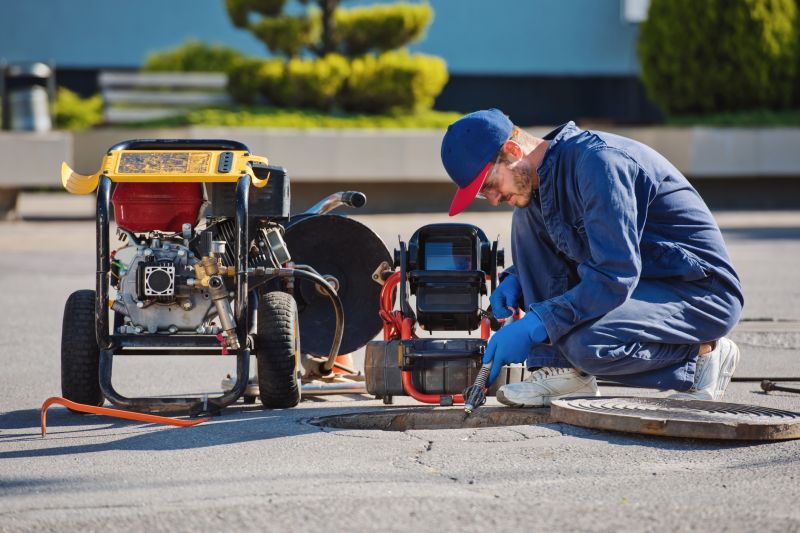
Technicians prepare high-tech cameras for underground sewer evaluation.
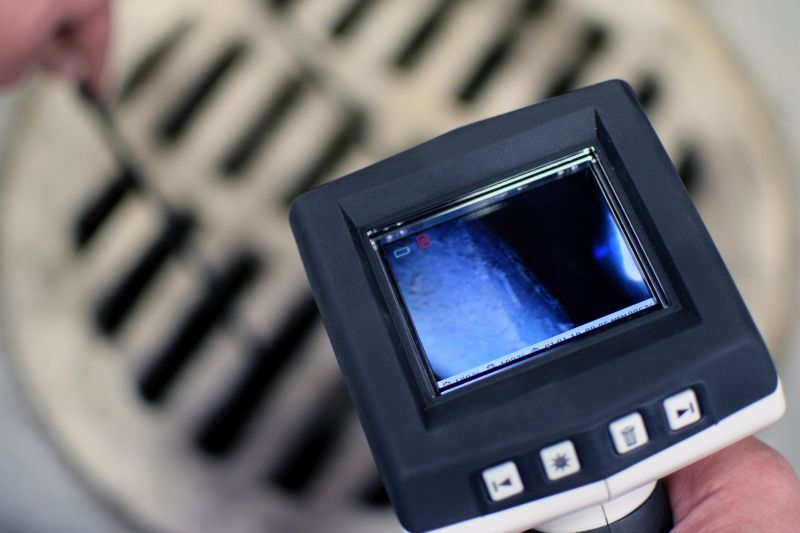
Live footage provides immediate assessment of pipe conditions.
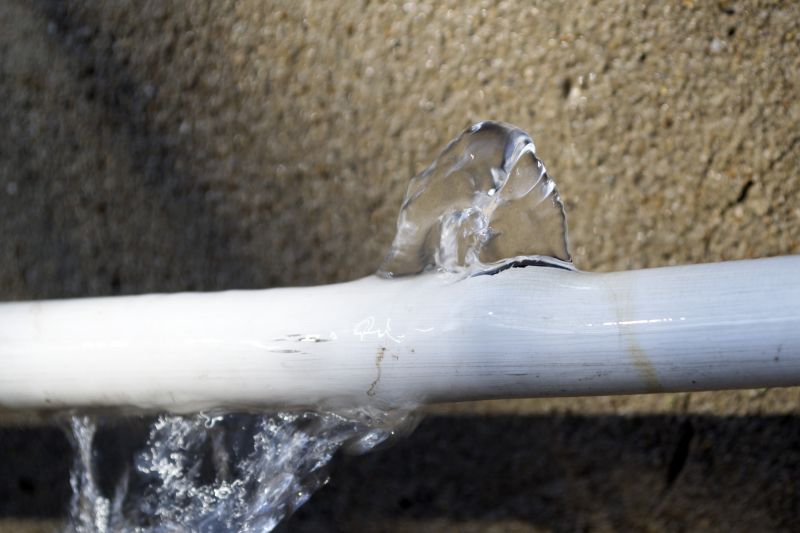
Inspections reveal cracks, corrosion, and other issues early.
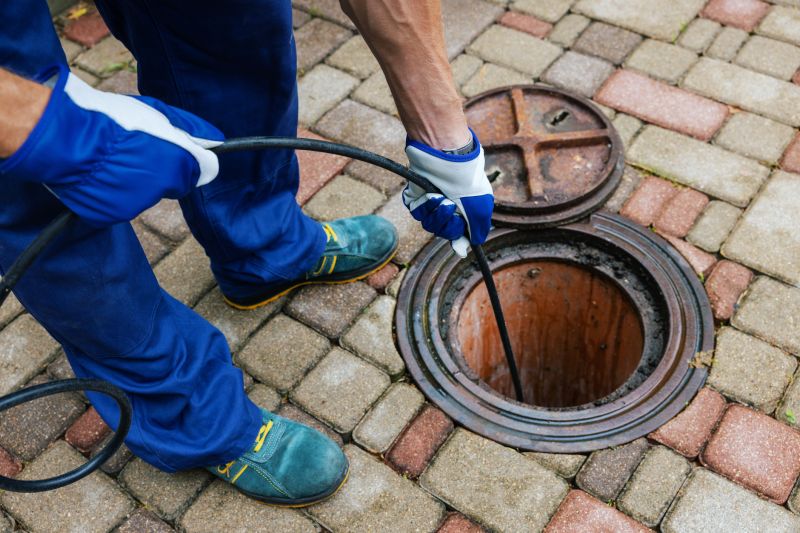
Video reports guide repair decisions and maintenance planning.
Interested property owners or managers are encouraged to contact for sewer scope inspections. Regular assessments help maintain the integrity of underground sewer systems and prevent unexpected failures. Proper timing and routine inspections ensure efficient maintenance and reduce long-term costs.
